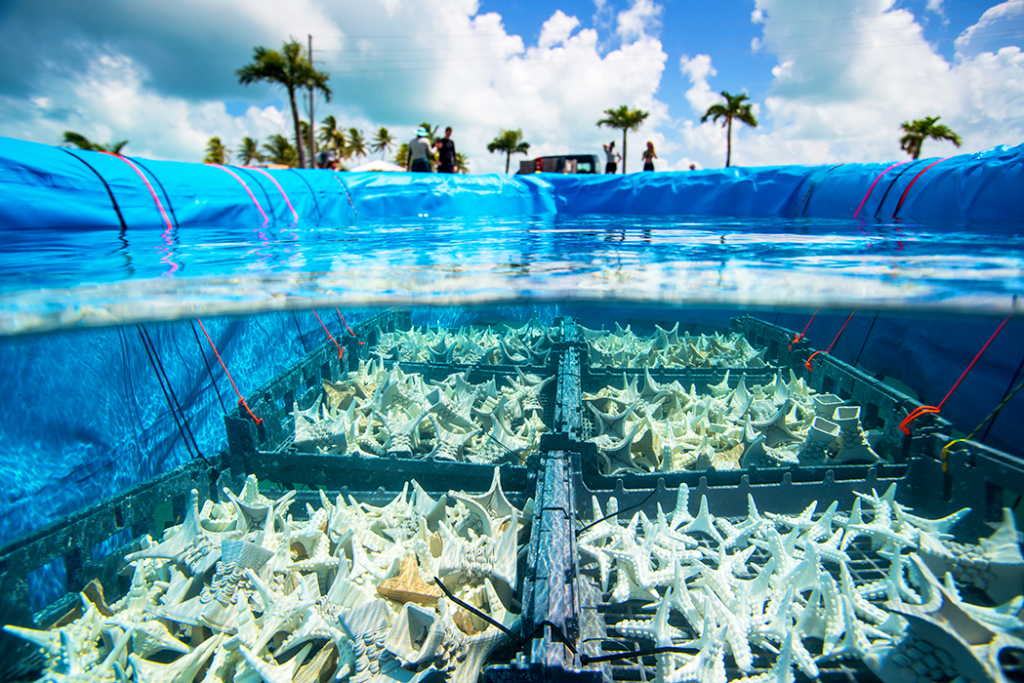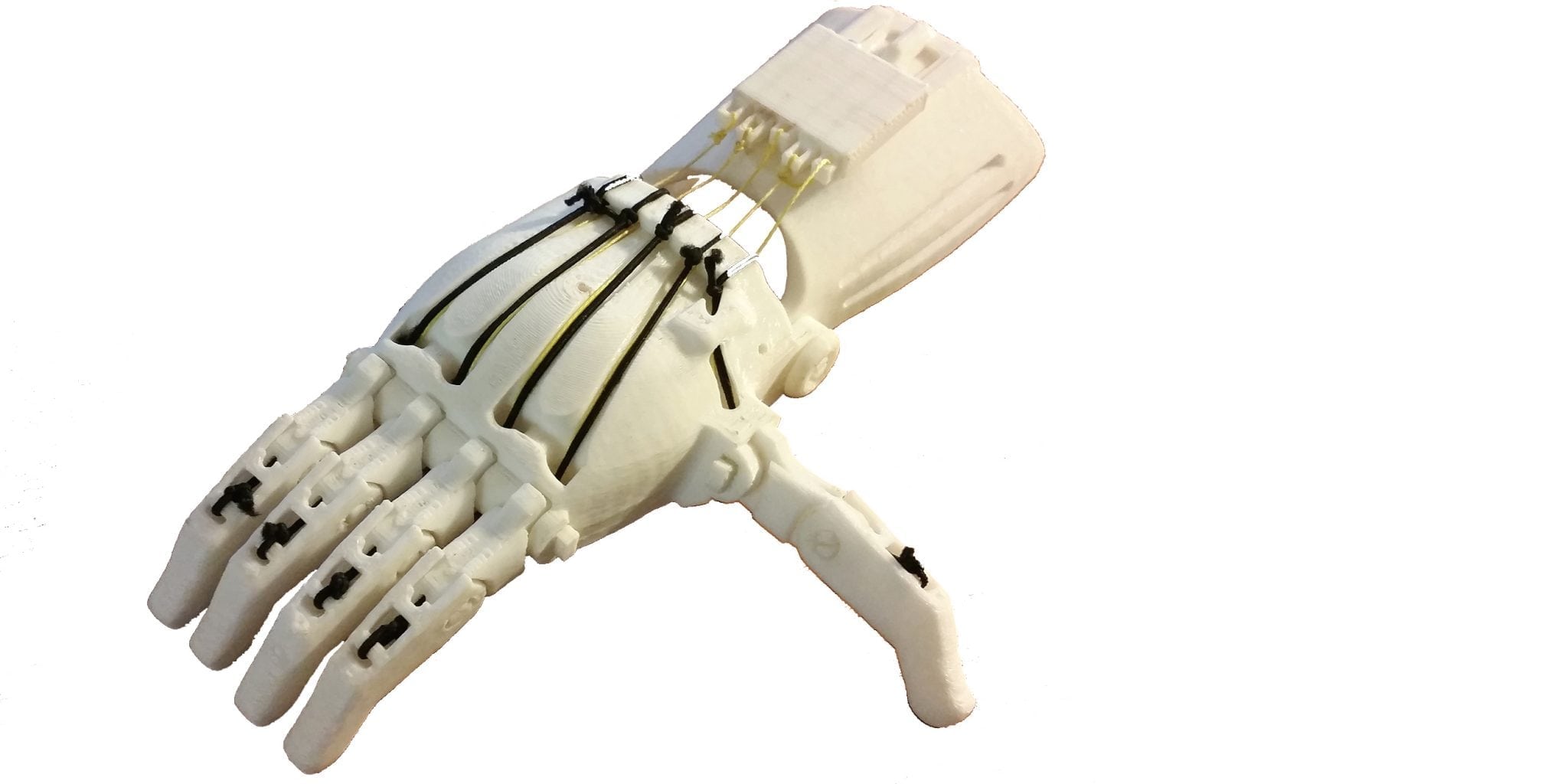This engineering collaboration aims to assist SECORE International, Inc. (SECORE) in identifying optimal design characteristics for coral delivery mechanisms used to sustainably restore coral reefs at scale. Coral reefs are integral to the health of marine ecosystems, but the consequences of increasing carbon emissions are threatening them and highlighting a critical need for restoration efforts. SECORE has pioneered restoration through sexual reproduction methods by creating novel tools that leverage coral spawning events where eggs and sperm are released and fertilized to form genetically unique coral larvae. One such tool is the Coral Larvae Seeding Unit (SU), a manufactured structure designed to provide a habitat where coral larvae can mature and then be outplanted to the reef by wedging the unit into cracks and crevices. Still, outplanting corals by hand is a labor-intensive process and not scalable. SECORE aims to upscale this technology by enabling scattering of the SUs from the surface of the water or from an Automated Underwater Vehicle possible. To achieve this, the physical characteristics affecting the retention of the SU on the reef must be better understood.
The E4C fellows, after developing an understanding of SECORE’s tools and familiarizing themselves with the biological aspects of the process, focused on understanding how varying design characteristics (size, shape, mass, etc) of the SUs can promote retention on the reef. Previous to the fellowship, SECORE in collaboration with the University of Miami’s Rosenstiel School of Marine and Atmospheric Science at their SUrge-STructure-Atmosphere-INteraction (SUSTAIN) Laboratory, had performed a first ‘Retention Test’ in a multifaceted Wind-Wave Storm simulation tank to study how these design characteristics perform under different environmental conditions. The Fellows analyzed the initial retention testing data and determined the testing methodology needed to be standardized to yield more conclusive results. Thus, the objectives of the fellowship dynamically evolved to modify the retention testing procedure and specific SUs being tested, and prepare and perform a second Retention Test. A second Retention Test was carried out with support from the Fellows and the collaboration was finalized with the production of a comprehensive testing document and an initial analysis of the resulting data.
By improving the way SECORE technologies are being tested, this collaboration contributed to the organization’s long-term goal of refining its methods and building tools that make scaled restoration affordable. SECORE’s methods and approach of sharing the technologies with a global network of coral restoration partners have the potential to accelerate restoration results in the race to save corals.
Figure 1: Photo of Seeding Units resting in a basin where coral larvae can settle and grow on the SUs until they are ready for outplanting (Source: SECORE, International)
E4C 2021 PROGRAM MANAGEMENT TEAM: Mariela Machado, Senior Program Manager; Grace Burleson, Research Manager; Marilynn Holguín Clover, Program Coordinator; Jonathan Kemp, Program Associate
ADVISORS AND COLLABORATORS: Miles McGonigle, Project Engineer, USA
This research was completed as part of the 2021 E4C Fellowship program. Learn more about the Fellows who worked on this research collaboration by connecting with them on LinkedIn: Minh Nguyen and Carolina Rojas.


No Comments.